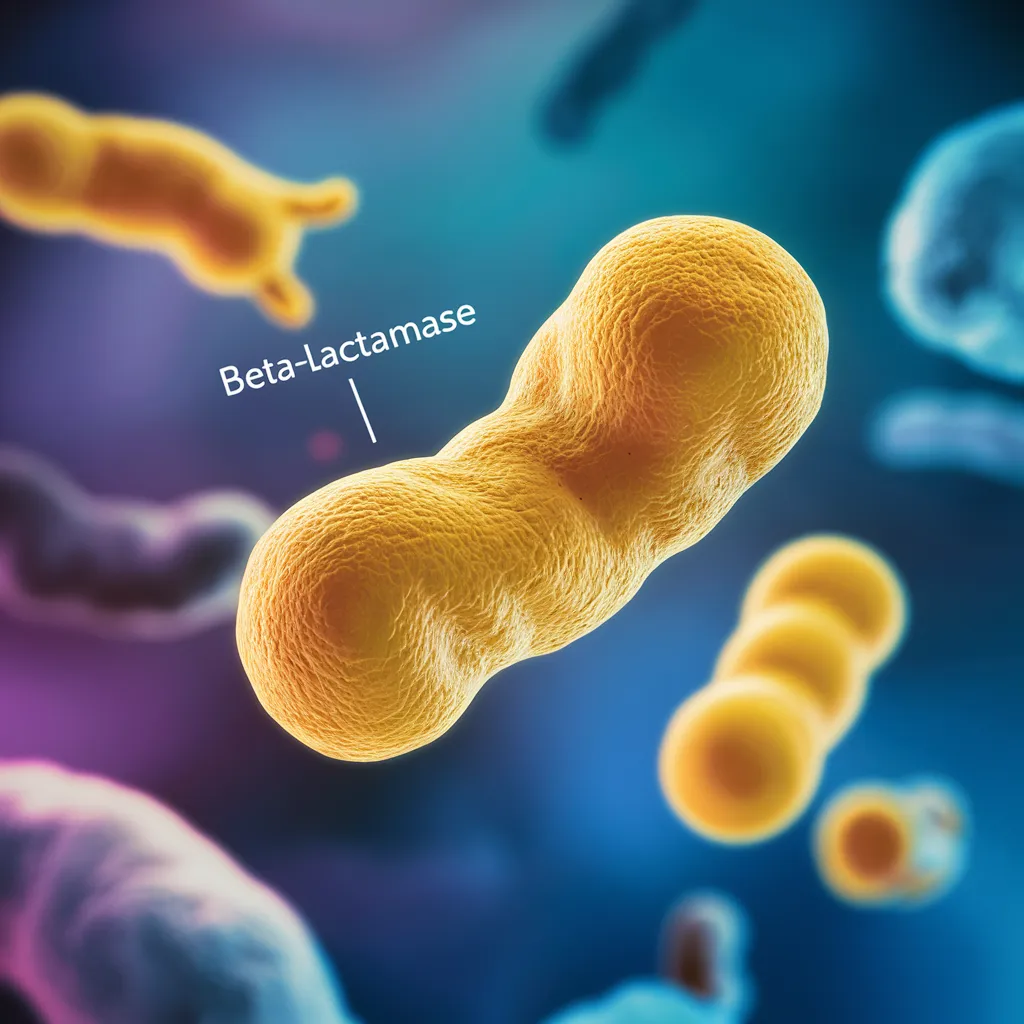Beta-Lactamase and Ambler
Beta-Lactamase and Ambler, bacteria produce the enzyme beta-lactamase, which can inactivate antibiotics with a beta-lactam ring and make them useless against bacterial infections. Based on structural similarity and amino acid sequences, beta-lactamase enzymes are divided into four primary groups (A, B, C, and D) by the Ambler classification system, which bears Philip H. Ambler’s name. The diversity of Beta-lactamase and Ambler their modes of action are better understood thanks to this classification, which facilitates the creation of countermeasures against antibiotic resistance.
Table of Contents
Beta-Lactamase

Antibiotics with a beta-lactam ring can be rendered ineffective against bacterial infections by the enzyme beta-lactamase, which is produced by bacteria. Bacteria manufacture beta-lactamase enzymes as a defence against antibiotics that have a beta-lactam ring structure, such as cephalosporins, carbapenems, and penicillins . These enzymes catalyze the antibiotic’s hydrolysis, which breaks the beta-lactam ring apart and renders it inactive. Antibiotic-resistant diseases spread and treatment failures occur when bacteria with beta-lactamase genes are able to withstand the effects of antibiotics.
Ambler
An Ambler is person or animal that walks slowly and leisurely. It can also be used to describe a horse that has a smooth, four-beat stride that is pleasant to ride.
Beta-Lactamase and Ambler classification

Beta-Lactamase
- bacterially generated enzyme.
- functions as a defence mechanism against beta-lactam antibiotics.
- causes the beta-lactam ring to hydrolyze, which makes antibiotics useless.
- greatly adds to the development of antibiotic resistance.
- targeted by beta-lactamase inhibitors in combination treatments to bring back the effectiveness of antibiotics.
Ambler classification

Philip H. Ambler developed the Ambler classification scheme, which divides beta-lactamase enzymes into groups according to structural resemblance and amino acid sequences. This is a succinct synopsis
Origin
This classification system is named for the microbiologist Philip H. Ambler.
Purpose
It serves as a framework for comprehending the variety of beta-lactamases and how they function.
Classes
Beta-lactamases are categorized by the Ambler classification into four primary classes: Class A, Class B, Class C, and Class D.
Criteria
Amino acid sequences and enzyme activity mechanisms are among the structural and functional traits that go into classifying an organism.
Significance
Aids in directing research efforts to create antibiotics and in choosing the best course of action for treating antibiotic resistance.
Application
Often used to investigate the diversity of beta-lactamases and direct treatment actions in research and clinical settings.
Classes of Ambler Classification
Based on their structural similarities and amino acid sequences, beta-lactamase enzymes are divided into four primary classes by the Ambler categorization system. The classes are as follows:
Class A
These are the enzymes often known as “serine β-lactamases.” They usually use a serine-based method to hydrolyze β-lactam antibiotics since they have a serine residue in their active site. The TEM and SHV enzymes are two examples.
Class B
These enzymes, also referred to as “metallo-β-lactamases,” are active only when zinc ions are present. Despite being less frequent than Class A enzymes, they pose a serious threat since they can hydrolyze carbapenems, a class of antibiotics that is frequently utilized as a last option. The enzymes VIM and IMP are two examples.
Class C
Often chromosomally encoded, these enzymes are cephalosporinases. They contribute to the development of cephalosporin antibiotic resistance. The AmpC enzymes are among the examples.
Class D
These enzymes, often called “OXA-type β-lactamases,” are frequently detected in Acinetobacter species and are less sensitive to β-lactamase inhibitor suppression. One such example is the enzyme OXA-48.
A wide variety of enzymes with different substrates and resistance mechanisms are included in each class. Comprehending the Ambler classification scheme is essential for the characterization of beta-lactamases and the creation of potent antimicrobial resistance tactics.
Frequently Asked Questions(FAQ)
Who developer the Ambler classification?
Philip H. Ambler developed the Ambler classification.
What do you mean by Ambler?
An Ambler is person or animal that walks slowly and leisurely. It can also be used to describe a horse that has a smooth, four-beat stride that is pleasant to ride.
Define Beta-Lactamase and Ambler ?
Beta-Lactamase and Ambler, bacteria produce the enzyme beta-lactamase, which can inactivate antibiotics with a beta-lactam ring and make them useless against bacterial infections.
Related Articles

